Description
Whip Coral Gobies for whatever reason, became more popular than cocaine for a long time for underwater photographers, it was hard to find anyone of repute taking photos of anything but Whip Coral Gobies. This usually happens because a similar picture wins a photo contest on one of the bigger web-sites and then every single person with a camera attempts to replicate it. Don’t ask me why this happens, but it definitely does, which had always prevented me from doing the same, I would think, that’s a nice Goby, with probably 700 photos of it online.
So there is nothing that special about my photo in terms of how many others I’ve seen, though I would suggest one very important reason for attempting photographs of these Whip Coral Gobies, It is bloody difficult! Imagine if you will a non co-operative subject, anyone who has ever tried to take a shot of a WCG (Whip Coral Goby) will tell you just how they like to be on the opposite side of the Whip to where you are. Now add to this, the Whips are always moving, when dealing in super macro sizes, focal distance is tiny, a single millimeter either way and the subject will lose focus, especially with a pocket camera like mine, the Sony RX100.
You have to be patient and extremely precise, waiting in the right spot and snapping the shot as the whip moves into view, pushed by the current at all times it can be really frustrating checking over a shot you think you got only to see it’s just slightly out of focus. You also need to remember whips are long, they tend to stick out from the reef or wall, this means there is absolutely nothing to steady yourself on, you will almost certainly be in mid-water & your buoyancy control will have to be nearly perfect!
So that is why you should start taking photos of WCG’s, if you can get good clean shots of them, then other subjects like Sea Horses will be a walk in the park!

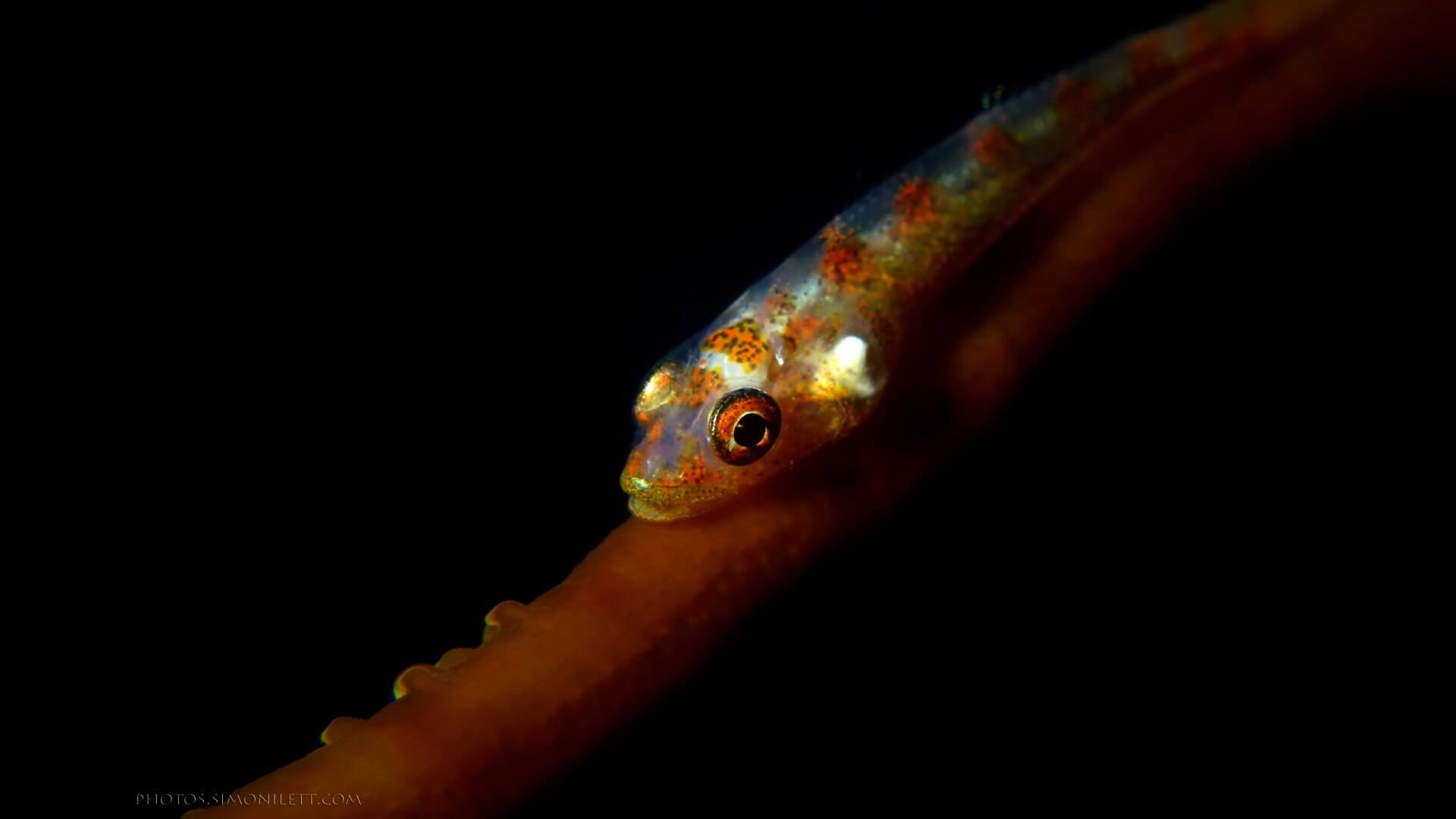
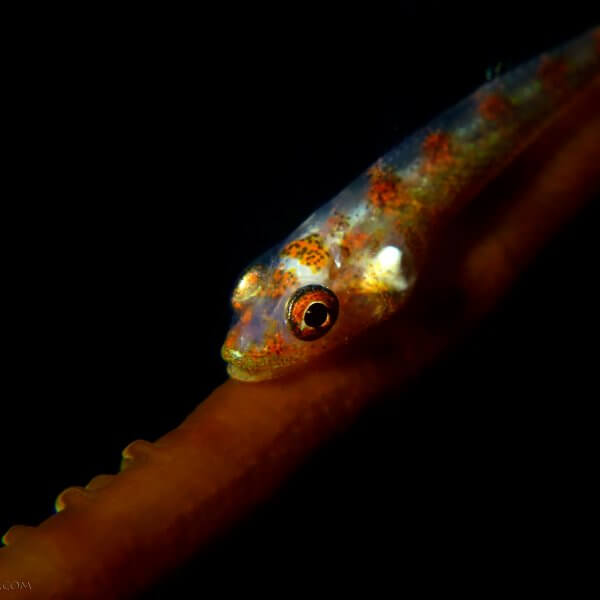
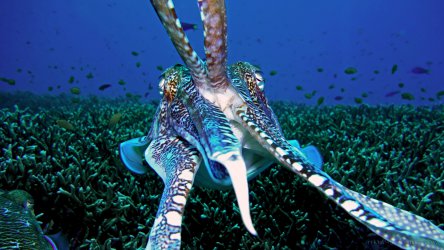
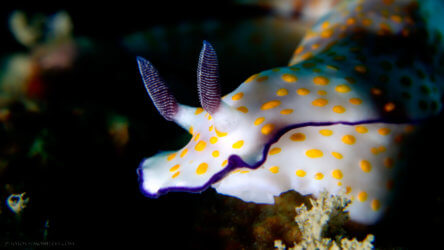
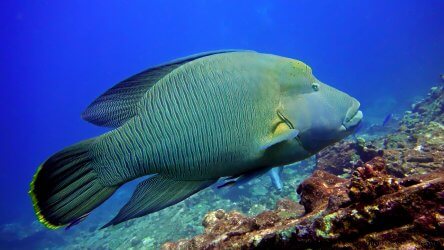
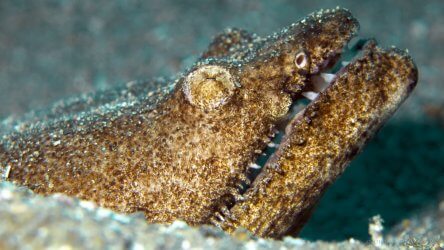
Reviews
There are no reviews yet.